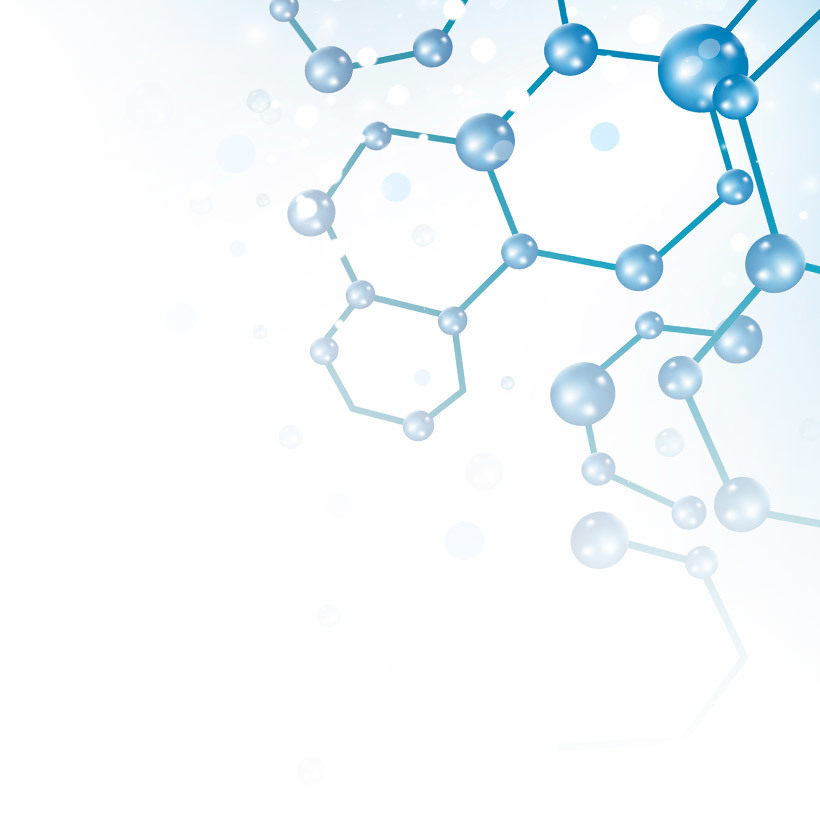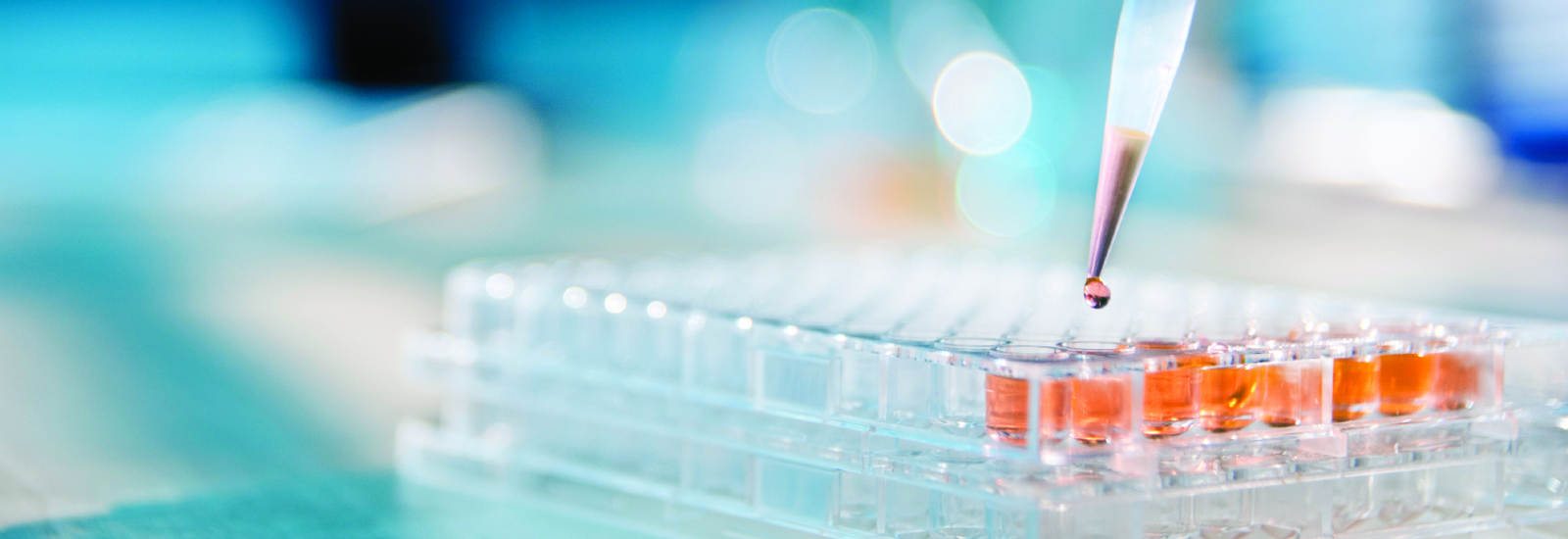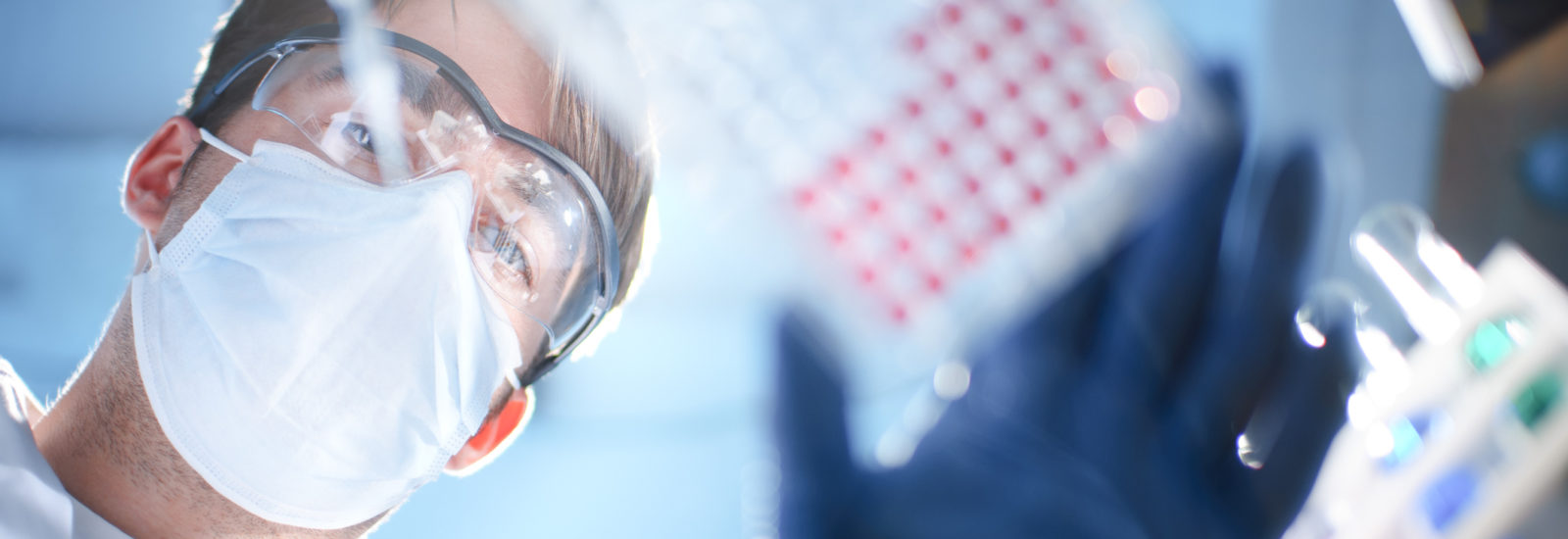

Disease-State Test Systems
- Test Systems & Methods
- January 13, 2019
- Michael Millhollen, Dr. Chris Bohl
XenoTech has been working with and supplying reagents for the pre-clinical ADME field for well over two decades. Years of acquiring and banking human liver tissues for the production of hepatic subcellular fractions and hepatocytes has allowed us to be able to identify and produce interesting and novel hepatic disease state test systems for research groups. These test systems form the basis for our Research Biobank. We also partnered with the National Institute of Biomedical Innovation to distribute the Japanese Collection of Research Bioresources (JCRB) Cell Bank’s extensive selection of cell lines to North America.
XenoTech scientists were able to identify and confirm various states of previously undiagnosed fatty liver disease amongst the hundreds of banked donated tissues, allowing us the ability to offer 0.25g pieces of snap frozen hepatic tissues (pre-lysates) that are representative of the early stages of alcoholic or non-alcoholic fatty liver disease. The Research Biobank disease state tissues were also developed into NASH subcellular fractions (S9 and microsomes) and tissue microarrays which combine multiple FFPE diseased tissues, along with the proper controls, onto a single microscope slide which allow for a more direct way to compare (in situ) multiple donor tissues using the same assay/experiment. Paraffin block slides and hepatocytes are also available for many donors.
Both Research Biobank product categories allow for the analysis of expression of drug targets and early markers of fatty liver disease across diverse populations of US transplant liver donors. Tissue samples and tissue arrays come with pathologic diagnosis, demographic, BMI, history of diabetes and alcohol use data. A separate category of pediatric donors, age 1 month to 11 years old, is available for specialized investigations in this age group.
The JCRB Cell Bank provides over 1,200 cell lines, including general cells, Luciferase-expressing cancer cells, mouse homozygous mutant ES cells, immortalized Mesenchymal stem cells, genetically-modified cells and more. Some of the most commonly requested cell lines include:
- HuH-7 well-differentiated human hepatocellular carcinoma cell line
- Kuramochi undifferentiated carcinoma, ascites human ovary cell line
- KMS-11 human hemo-lymphocytic myeloma cell line
- Ovkate human cell line derived from ovarian tumor
- QGP-1 carcinoembryonic antigen (CEA)-producing human pancreatic ilet cell carcinoma cell line
- MBT2 C3H mouse bladder carcinoma cell line
- Ovsaho human cell line derived from ovarian tumour
- KHYG-1 human natural killer cell line with a p53 point mutation as a model for p53-associated leukemogenesis and a model for differentiation of NK/T cells
- HUH-6 Clone 5 JTC38 human hepatoblastoma cell line from an infant
- JHH-7 HBV integrated human hepato cellular carcinoma cell line
More about research biobank tissue
H&E slides are prepared for each lot to illustrate tissue conditions and, together with the patient’s medical history, to offer a basic diagnosis. Masson’s trichrome slides are prepared as justified to establish the presence or absence of liver fibrosis. Representative microphotographs are also available for each specimen. A selection of normal tissues has been collected to satisfy requirements of a control population. Pre-lysates are shipped frozen in a buffer of choice to optimize the downstream analysis/application. The tissues are available in quantities that are larger than what is obtained during needle biopsies and are more versatile, allowing for expanded experimentation. Research Biobank tissues have been collected from organs that were initially intended for transplantation and great emphasis was taken to collect the tissue in a timely manner with precise care taken to minimize downtime and maximize tissue quality. Other sources of tissues may have undergone several hours of warm ischemia due to typical post-mortem collection.
More about the japanese collection of research bioresources cell bank
JCRB was founded in 1984 by Japan’s Ministry of Health, Labor and Welfare. They provide one of the most comprehensive cell banks in the world to users across the globe. A list of cell lines is available on XenoTech’s or JCRB’s websites. Orders can also be placed through either website. XenoTech will handle all of the logistics for shipments to laboratories throughout North America.
Learn more about:
About the Authors
Related Posts
Subscribe to our Newsletter
Stay up to date with our news, events and research

Do you have a question or a request for upcoming blog content?
We love to get your feedback
